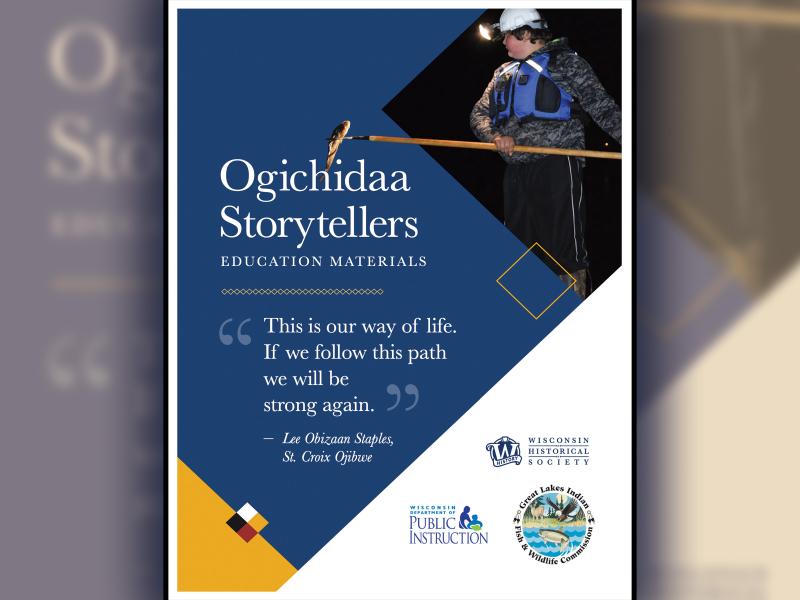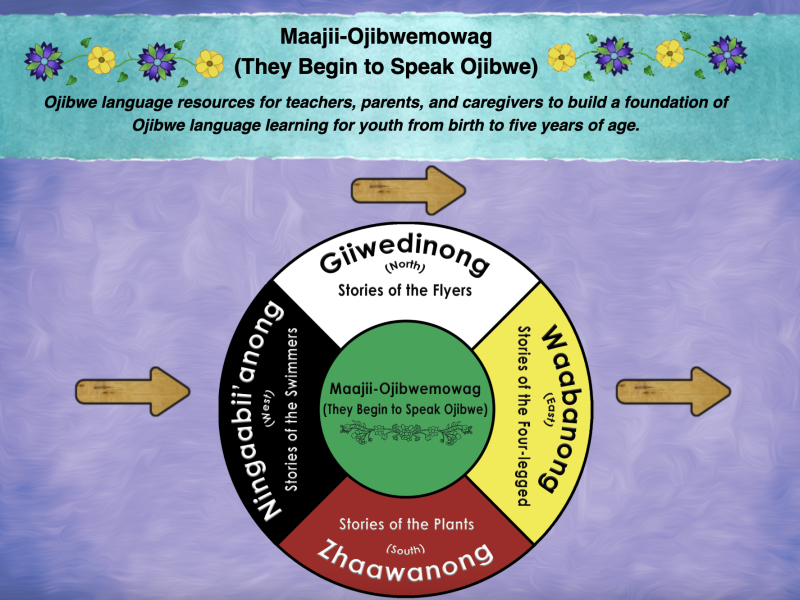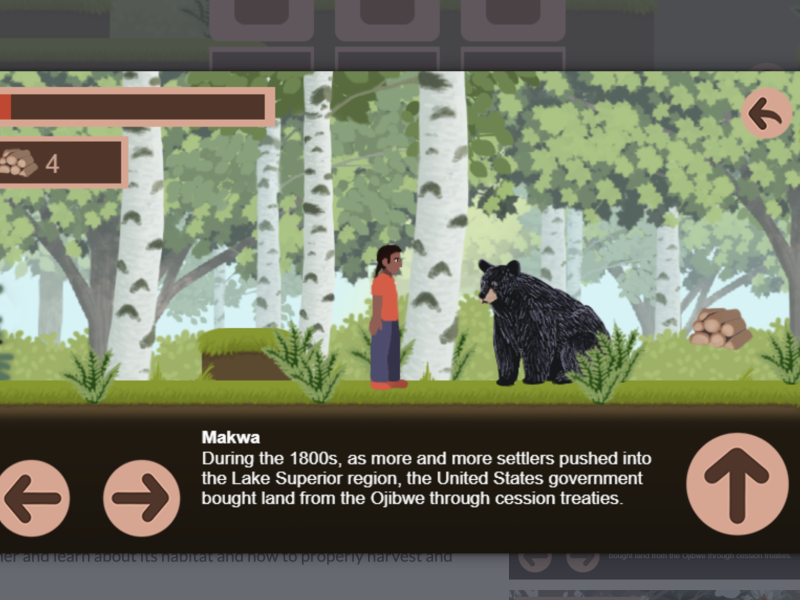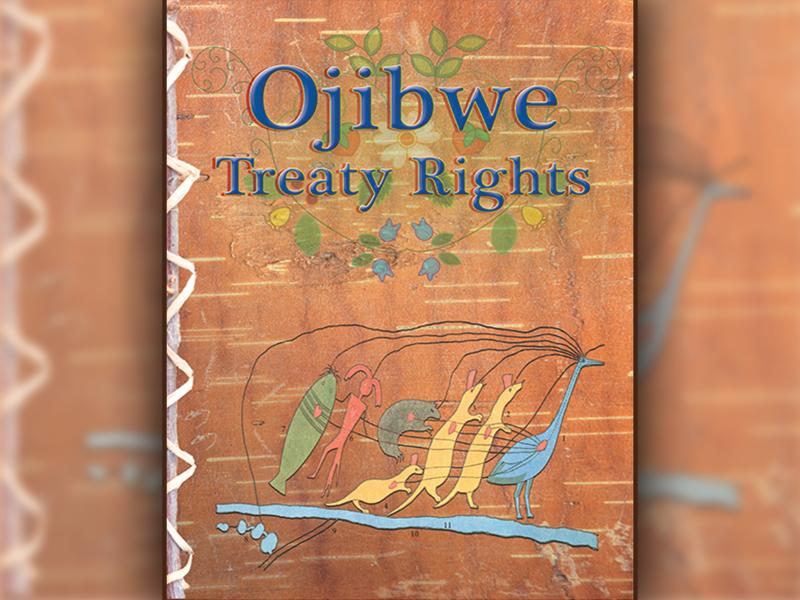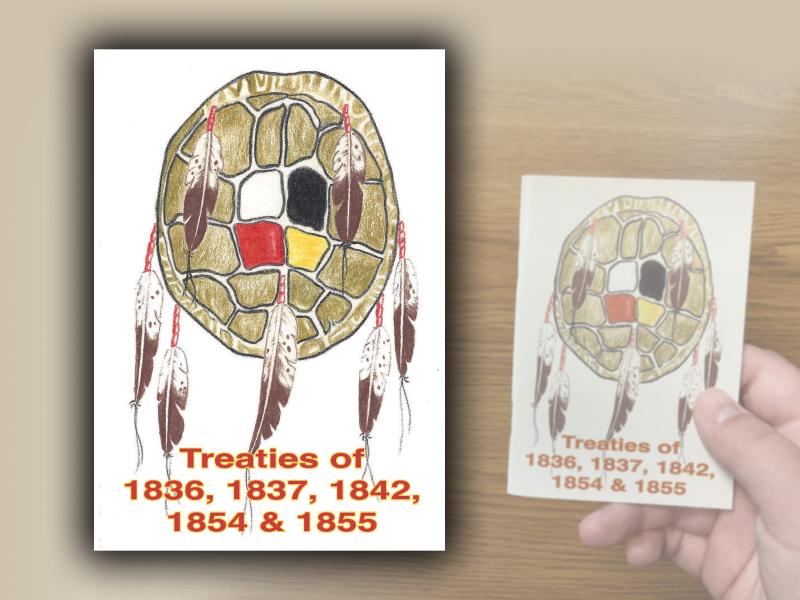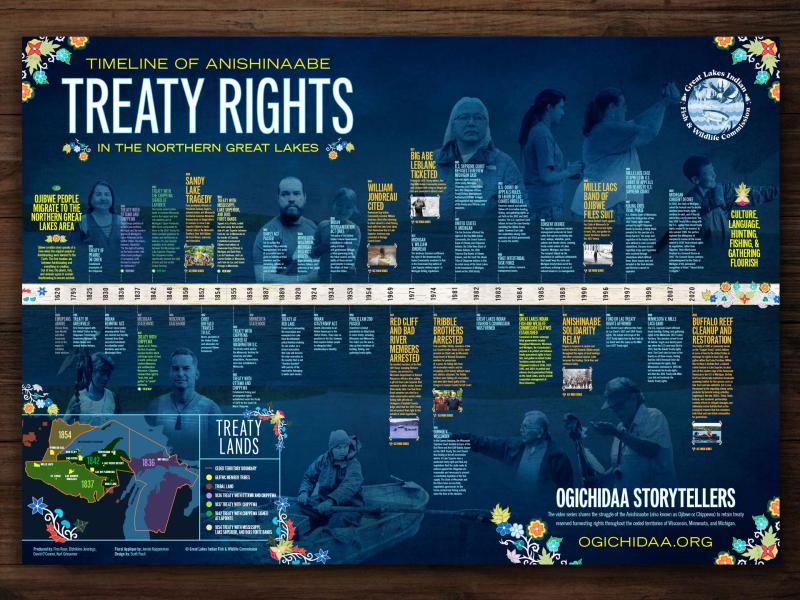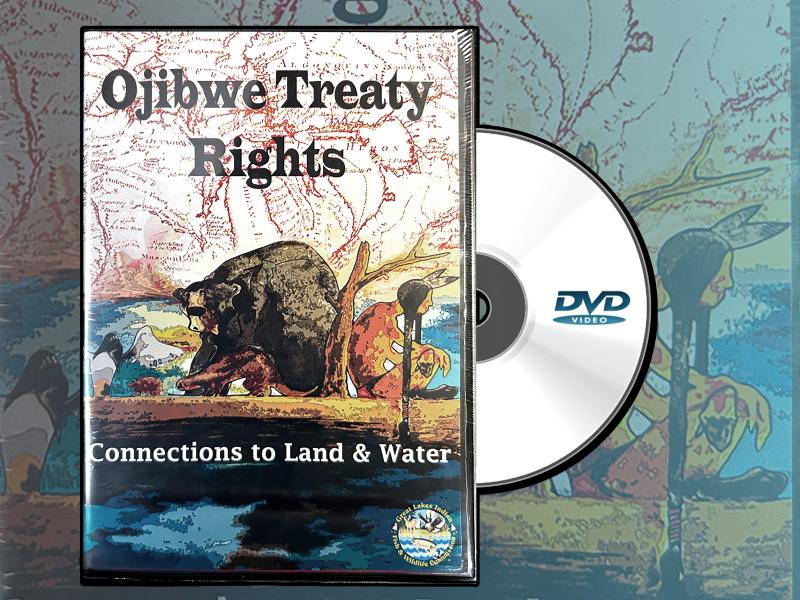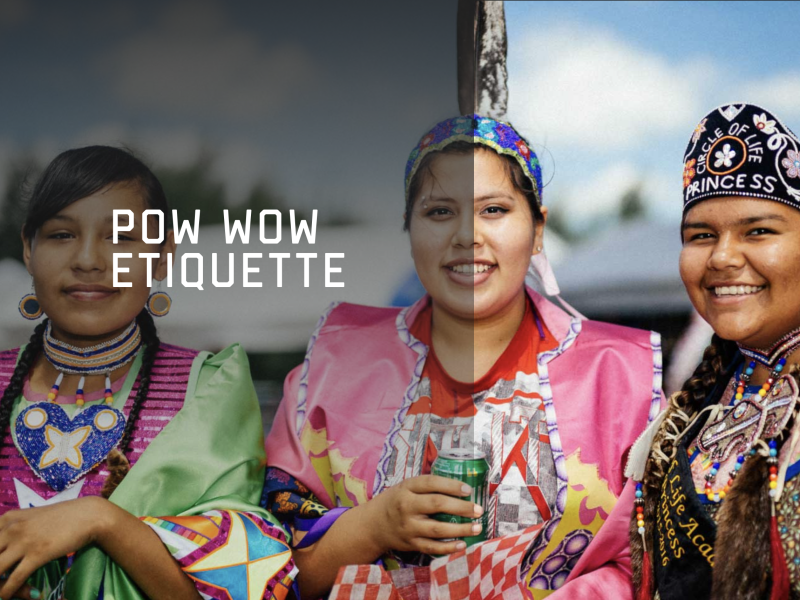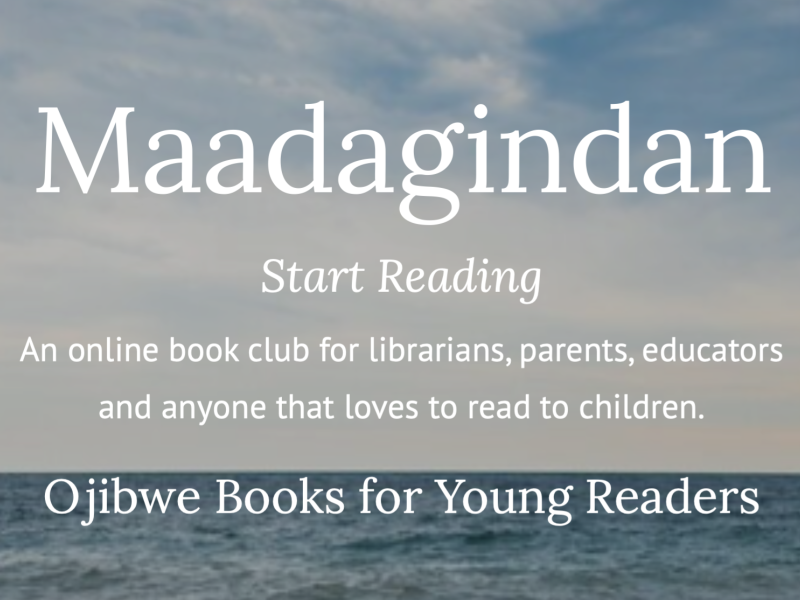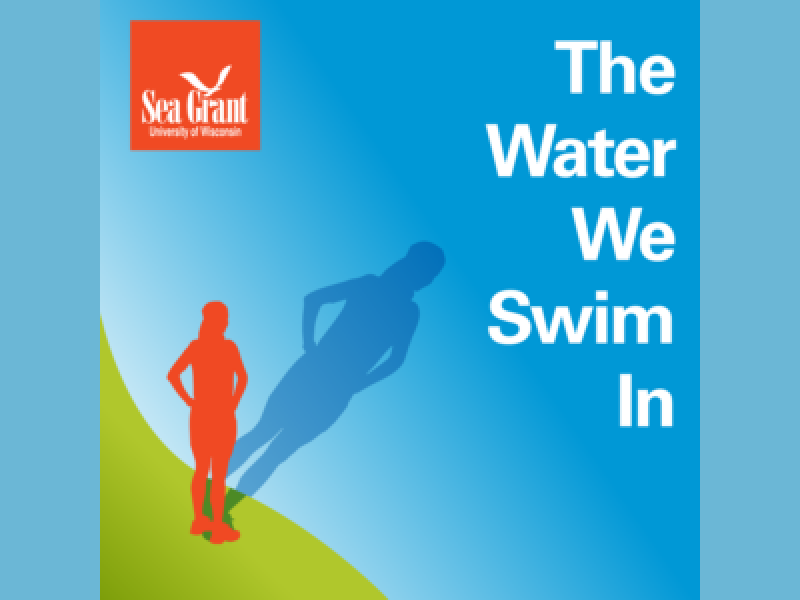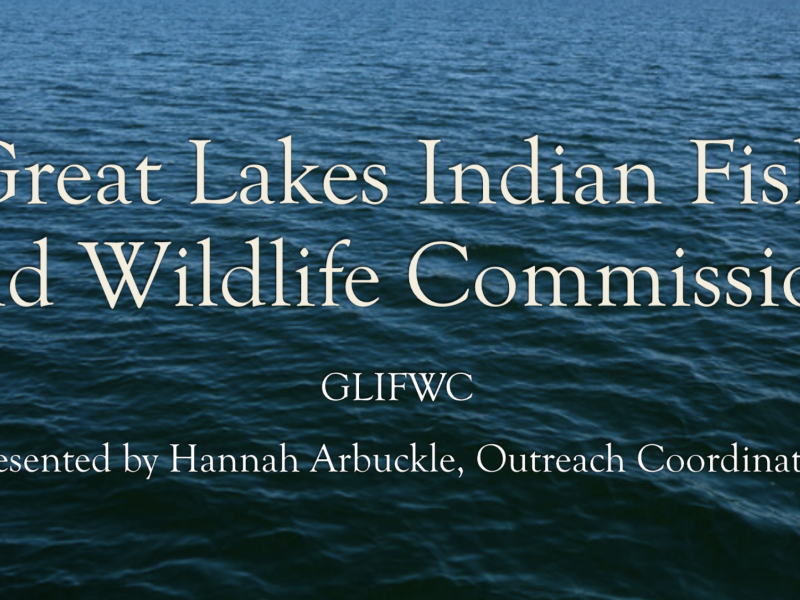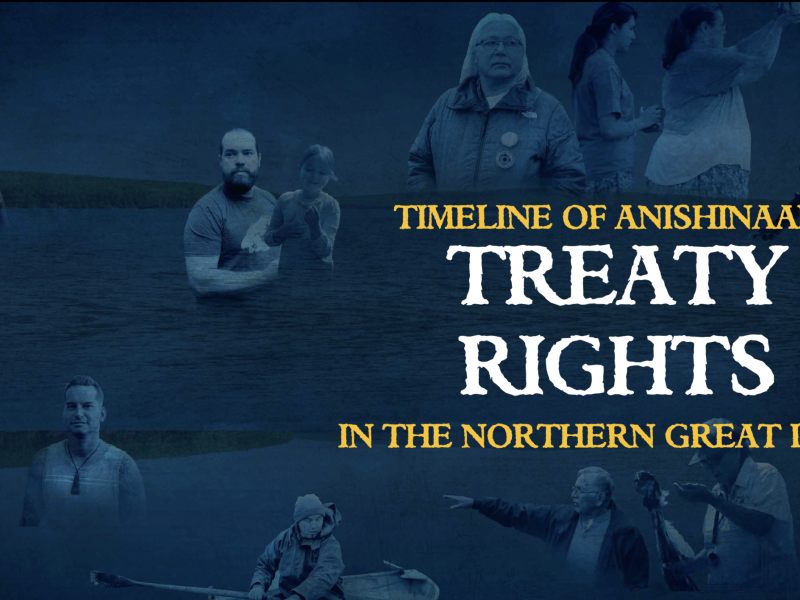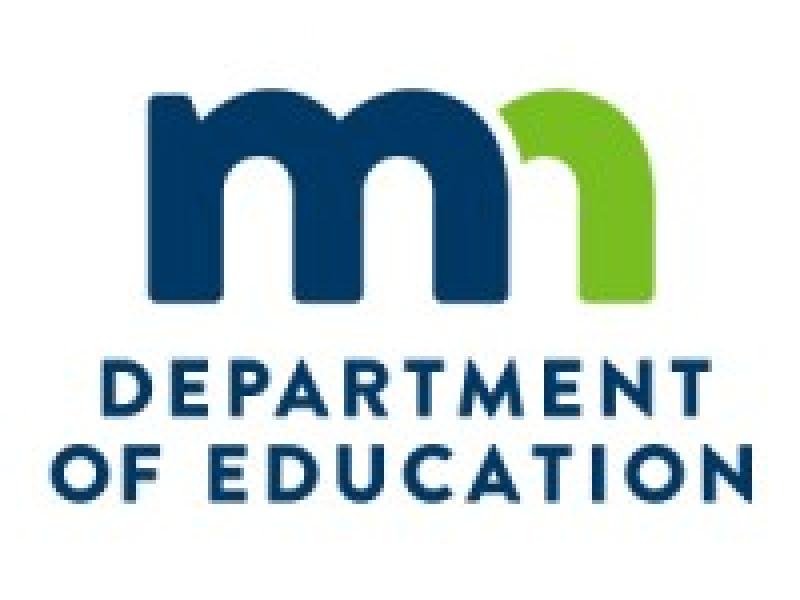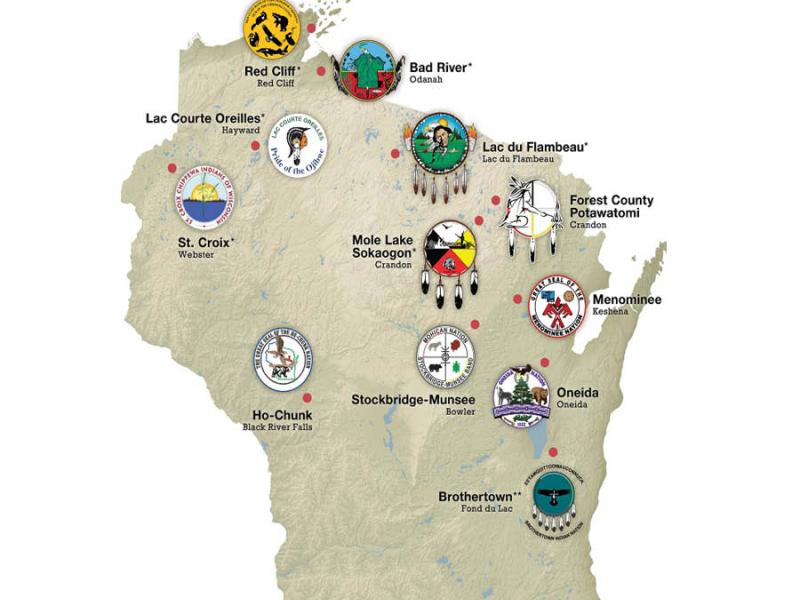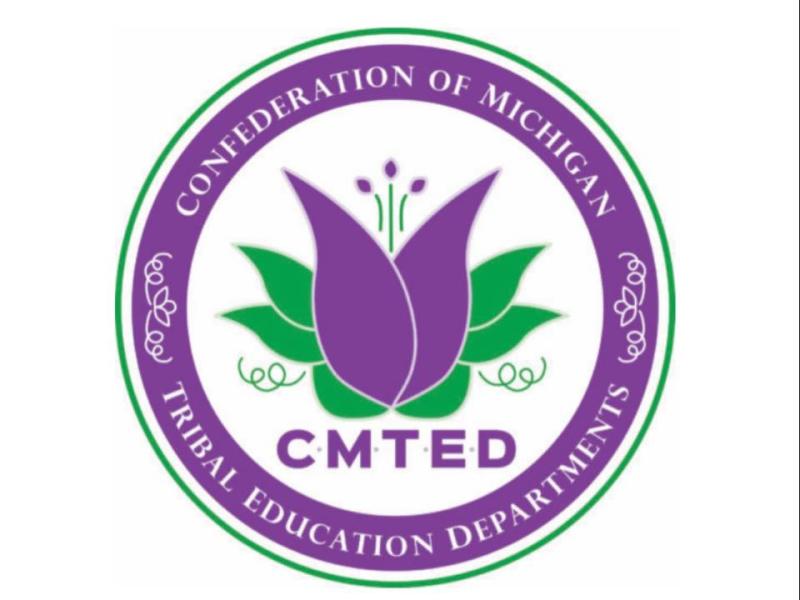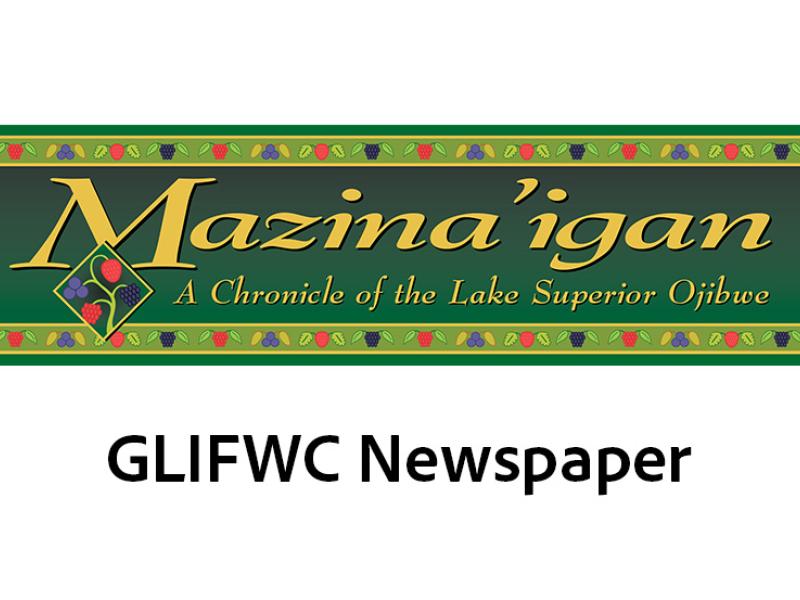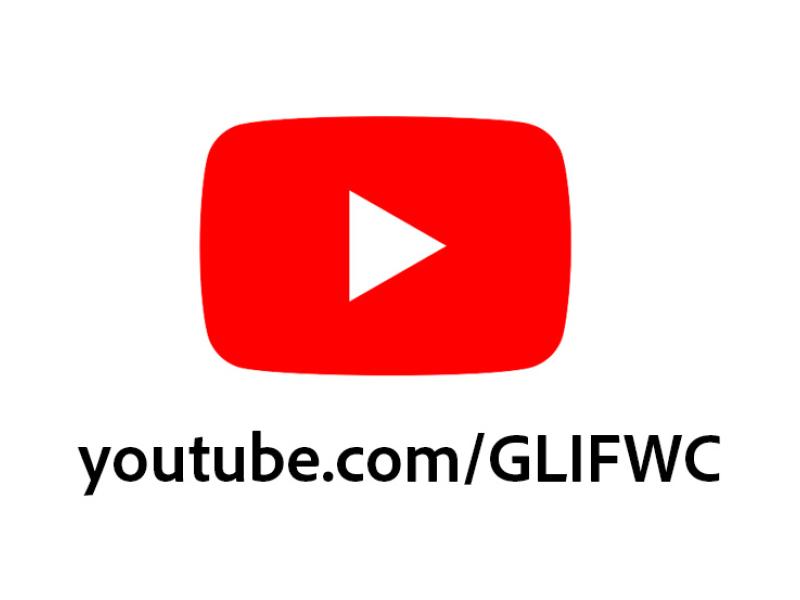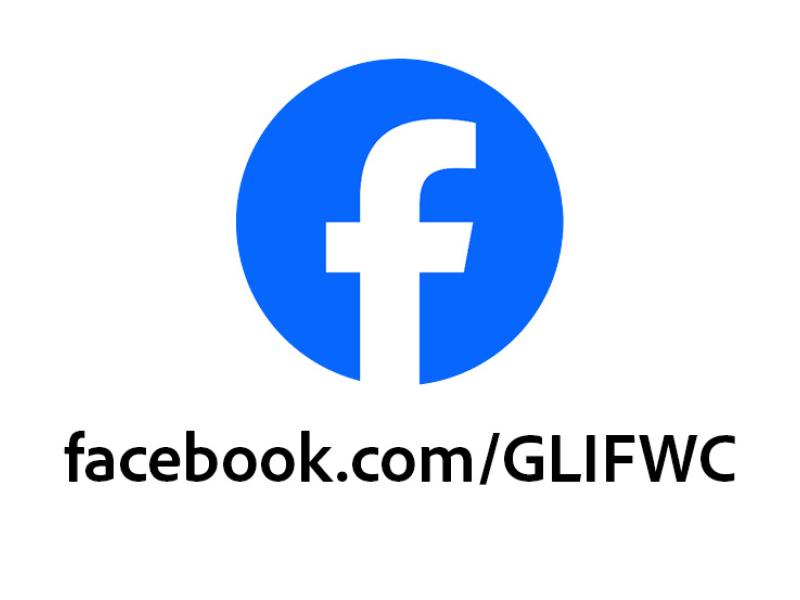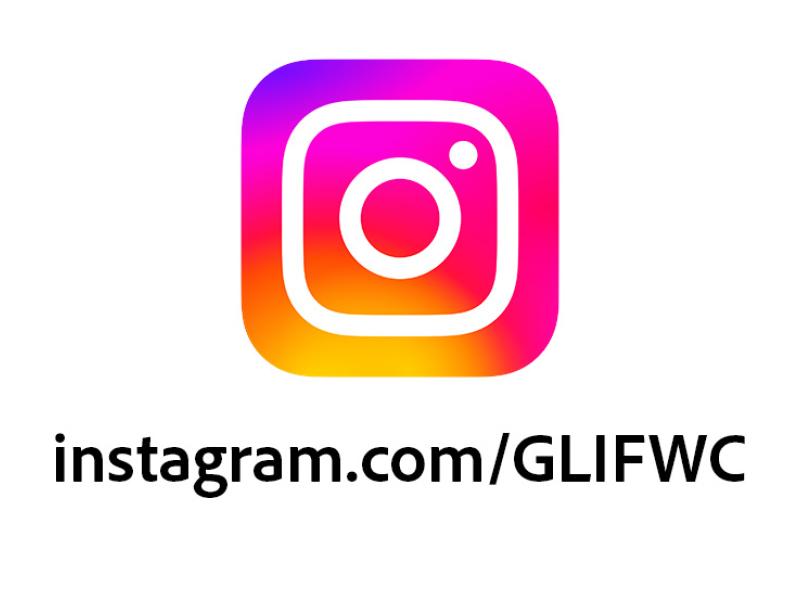GLIFWC is here with the tools you need for students of all ages or training refreshers with colleagues, to build understanding of what GLIFWC does and why.
Strengthen your classrooms with affordable and accessible books, posters, videos, and activities to learn more about treaties and build educator confidence to teach the sometimes tough concepts of treaty rights, Great Lakes/Inland harvest, science, and traditional ecological knowledge.
You can order our items in bulk or stop by our office to pick up what you need. Just let us know how we can assist!
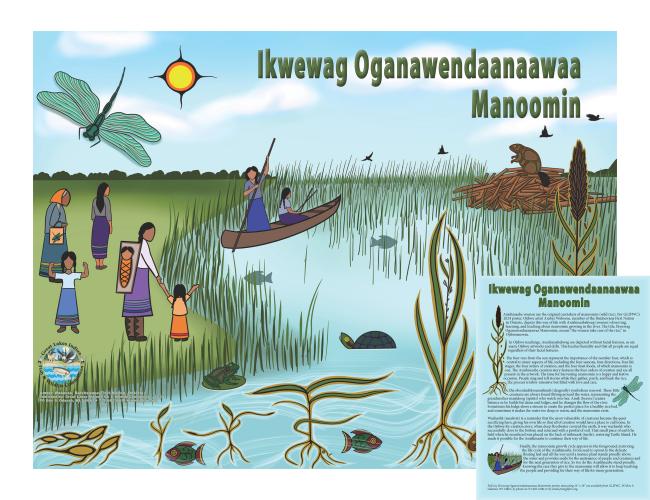
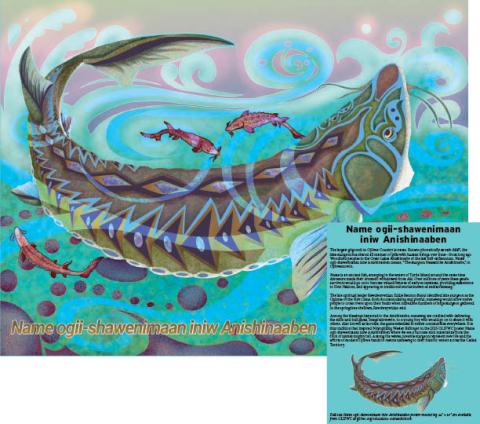
GLIFWC's annual posters feature original and culturally relevant artwork by indigenous artists from around the region. Published each year at the end of summer, they are one of the most requested classroom resources from GLIFWC's Public Information Office. Each poster comes with an informational sell sheet providing an in-depth explanation of elements and themes found inside the artwork.
2025 Annual Poster: Name ogii-shawenimaan iniw Anishinaaben
The largest giigoonh in Ojibwe Country is name. Known phonetically as nuh-MAY, the lake sturgeon has shared all manner of gifts with human beings over time—from long ago Woodland peoples to the Great Lakes Anishinaabe of the last half-millennium. Name
ogii-shawenimaan iniw Anishinaaben means, “The sturgeon blessed the Anishinaabe,” in Ojibwemowin.
Name is an ancient fish, emerging in the waters of Turtle Island around the same time dinosaurs made their dramatic withdrawal from Aki. Over millions of years these gentle survivors would go on to become valued fixtures of early ecosystems, providing sustnance to First Nations, and appearing in traditional stories known as aadizookaanag.
The late spiritual leader Bawdwaywidun Eddie Benton-Banai identified lake sturgeon as the Ogimaa of the Fish Clans. Both accommodating and playful, namewag would allow native people to cross rivers upon their backs when incredible numbers of large sturgeon gathered in the springtime shallows, Bawdwaywidun said.
Among the blessings imparted to the Anishinaabe, namewag are credited with delivering the stick-and-ball game, baaga'adowewin, to a young boy who would go on to share it with others. Also known as lacrosse, the game extended to native communities everywhere. It is this tradition that inspired Niiyogiizhig Wesley Ballinger in the 2025 GLIFWC poster Name ogii-shawenimaan iniw Anishinaaben where we see a lacrosse stick materialize from the flick of name’s mighty tail. Among the waves, juvenile sturgeon represent new life and the efforts of modern Ojibwe bands to restore namewag to their historic waters across the Ceded
Territory.
GLIFWC's Public Information Office and Planning and Development Division offers a variety of tools for interactive education for teachers, parents, and caregivers.
The Ogichidaa Storytellers Series and Workbook adds enduring understandings and essential questions to frame learning and activities to connect the past to the present and the future, a glossary of key vocabulary words, and lesson ideas for our Ogichidaa Storytellers series on YouTube. This content is generally for middle and high school students.
The Nenda-gikendamang ningo-biboonagak (We seek to learn throughout the year) language resource website offers a variety of interactive games, lessons, and stories for the young and the young at heart. This website (inwe.com) and its language resources are intended as tools for Anishinaabemowin accessibility, and by no means are a replacement for our speakers and elders.
In Growing Up Ojibwe: The Game, players take the role of Tommy or Annie Sky, an Ojibwe youth, sent on a mission by their grandmother to learn important knowledge that has been forgotten by many.
"We Seek to Learn Throughout the Year"
Background, language, and GLIFWC's activities related to treaty rights.
This pocket-size guide contains the complete text from these treaties.
Get a DVD copy of the video shown above for free.
Read the Mille Lacs Band's guide to Pow Wows
An online book club for librarians, parents, educators, and anyone that loves to read to children. Join us during spring and fall to explore Anishinaabe culture and the Great Lakes!
From the Wisconsin Sea Grant; Listen to Episode 10: Fire, Blueberries & Treaty Rights. The story starts at the opening ceremony of a Wisconsin Sea Grant-funded project called Nimaawanji’idimin giiwitaashkodeng: We are all gathering around the fire.
GLIFWC's Public Information Office provides onsite educational presentations about Ojibwe treaty rights, natural resource stewardship and insights into our work with fish and wildlife across the Ceded Territory. For Wisconsin educators we can help support your school's Act 31 goals.
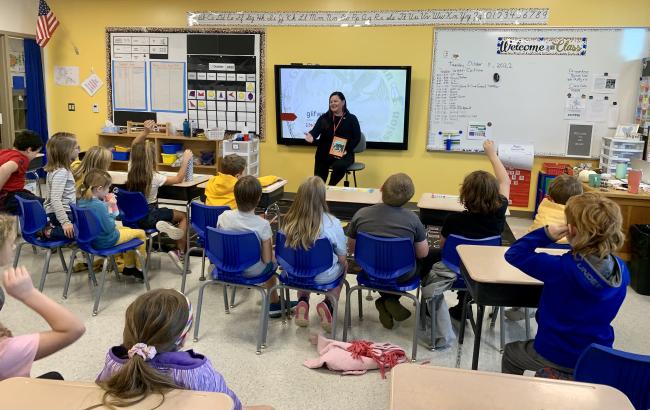
The states of Minnesota, Wisconsin, and Michigan have guides and standards for indigenous education in the classroom. GLIFWC's Public Information Office can help support your school's indigenous education goals.
MN Indigenous Education for All: "Indigenous Education For All (IEFA) integrates Anishinaabe and Dakota cultural, historical, and contemporary contributions into Minnesota’s K-12 curriculum. This initiative ensures students and educators learn about local Indigenous communities, meeting academic standards and addressing educational gaps. IEFA aims to reclaim Indigenous narratives, covering Tribal histories, languages, sovereignty, cultures, treaty rights, governance, socioeconomic experiences, and contemporary experiences of Tribal Nations within Minnesota." -MN Dept. of Education
Wisconsin Act 31: In 1989, efforts from both state and tribal leaders led to legislation requiring instruction in the history, culture, and tribal sovereignty of the eleven federally-recognized American Indian nations and tribal communities in Wisconsin public school districts. The intent is to provide Wisconsin’s students with accurate, academically-appropriate information that can serve as a positive force to combat misunderstanding and social unrest. Wisconsin Act 31
Confederation of Michigan Tribal Education Departments: "The Confederation of Michigan Tribal Education Departments is committed to developing educated, confident, competitive, proficient tribal citizens who excel in any venture they pursue while maintaining their rich Anishinabe culture and language.It is critical that we raise our voices and participate at all levels of decision-making, discourse, and policymaking." -CMTED.org
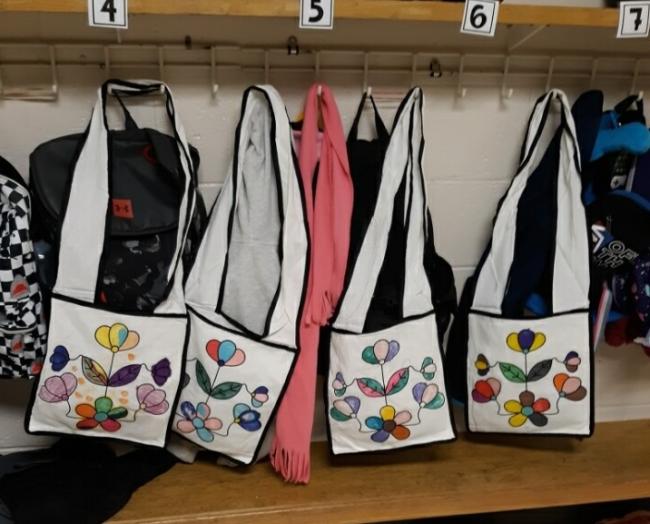
Looking for posters, crafts, workbooks, GLIFWC publications, or more? Browse the online store to find accessible and affordable resources for your classroom, office, or home. Many are available for free direct download.
One craft loved by elementary school children is decorating a bandolier bag, available in the store.
"Bandolier bags, or gashkibidaaganag—the large, heavily beaded shoulder bags made and worn by several North American Indian tribes around the Great Lakes—are prized cultural icons here and around the world. From the 1870s to the present day, Ojibwe bead artists of Minnesota have been especially well known for their lively, creative designs. Neighboring Dakota people would trade a pony for a beautiful beaded bag." –from "A Bag Worth a Pony The Art of the Ojibwe Bandolier Bag," MG Anderson.
Photo: A fun activity to learn more about Ojibwe woodland florals. Thank you to Bryant Elementary in Superior, Wisconsin for sharing! A fun activity for all ages to color or bead.
